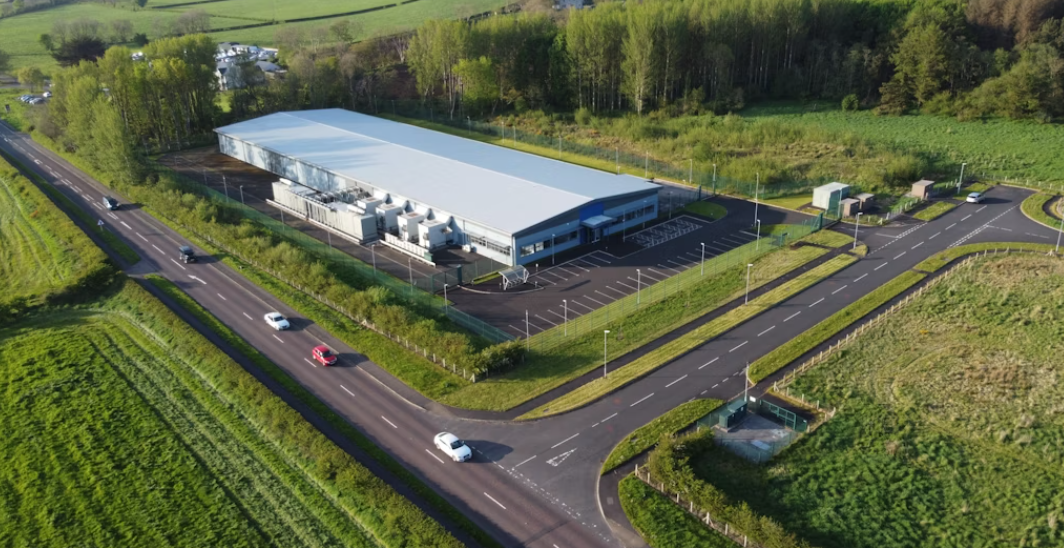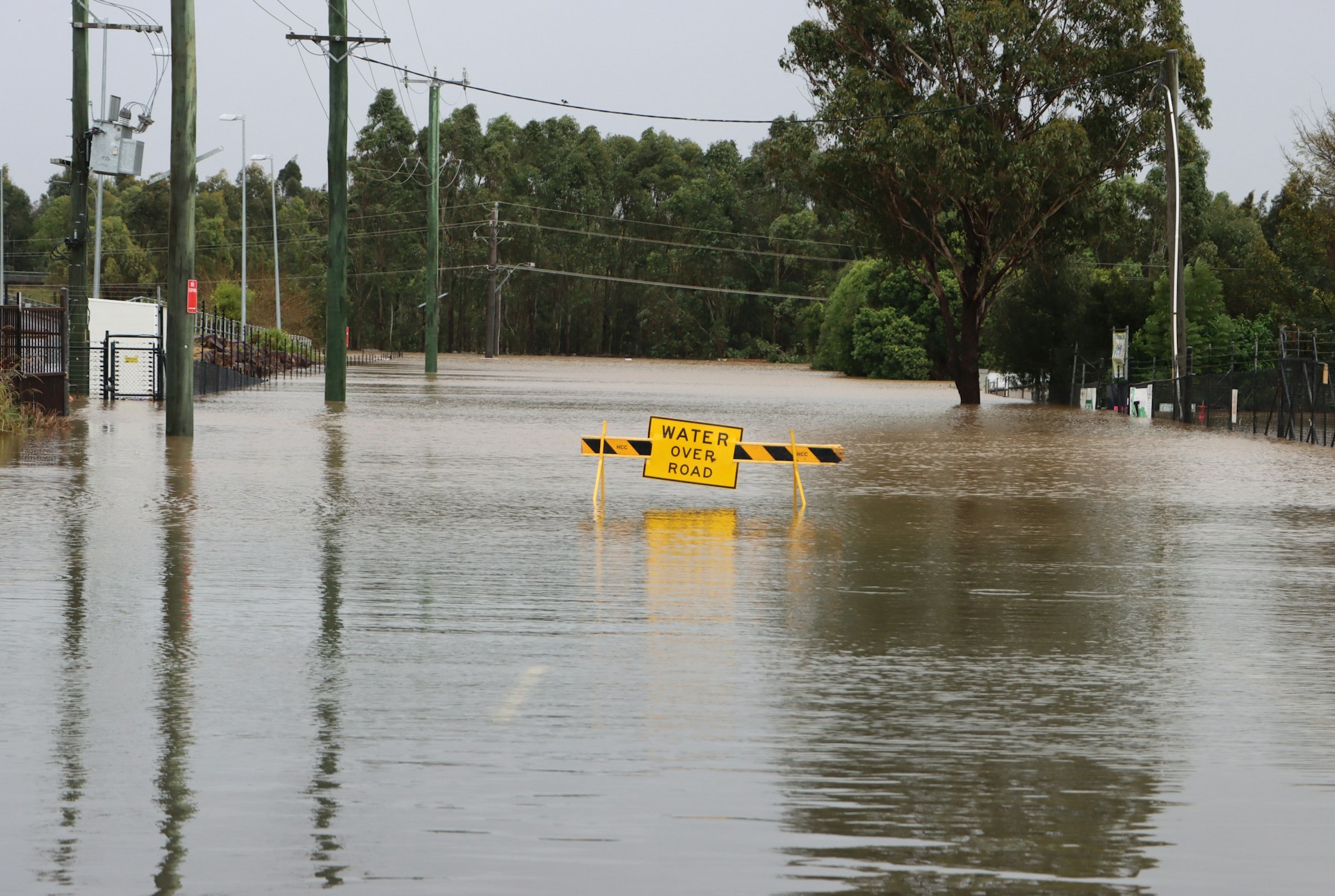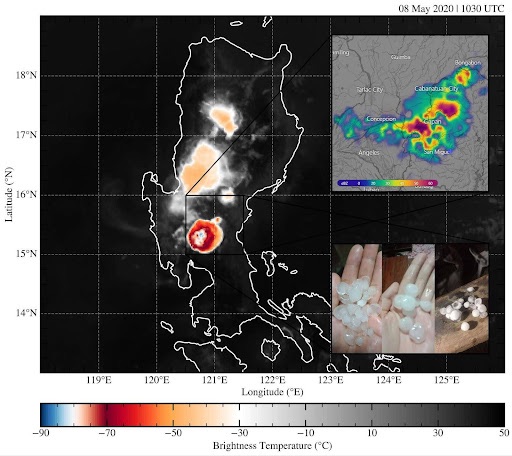(Photo by Paulo Silva on Unsplash)
MANILA, PHILIPPINES [TAC] – New research identifies the key causes of changes
affecting river deltas around the world and warns of an urgent need to tackle them
through climate adaptation and policy.
Deltas are low-lying areas that form as rivers and empty their water and sediment into
another body of water, such as an ocean, lake, or another river.
Some of the largest in the world, such as the Rhine, Mekong, Ganges-Brahmaputra-
Meghna and Nile, are threatened by climate change, rising sea levels and increasing
frequency of extreme events.
With approximately 500 million people today living within or adjacent to delta systems,
this is a major issue.
To address this, a team of international scientists has developed a new framework that
identifies the 10 main drivers of change in deltas globally. These are: climate change,
sea level rise, deforestation, intense agriculture, urbanization, impoundments, land
subsidence, ground water extraction, flood defenses and resources mining.
Most local, human-induced causes show measurable impacts within years, and the
framework provides a clear basis for prioritizing timely, locally grounded action with a
deeper understanding of the systems that shape these complex and dynamic
environments.
Publishing their findings in Nature Climate Change, the team includes scientists from
the Universities of East Anglia (UEA), Southampton and Oxford in the UK, and Deltares,
TU Delft, Wageningen University and Utrecht University in The Netherlands.
“Deltas are the most complex coastal systems in the world and recognising these
multiple drivers and how they operate in each delta is fundamental to finding solutions,”
said co-author Prof Robert Nicholls, from the Tyndall Centre for Climate Change
Research at UEA.
While climate change threatens the world’s deltas, anthropogenic drivers – largely
reflected in sediment starvation and resource extraction, profound land-use change and
hydrological regime shifts – can outpace climate change in the short to medium term.
Nearly all local anthropogenic drivers result in measurable impacts within years or
decades, emphasizing the significance and relevance of local and regional causes for
effective and timely climate adaptation and policy development.
“If we want to give deltas a real chance at long-term climate resilience, we need
collective comprehension of the human footprint and the underlying drivers of change,”
said Dr Sepehr Eslami, lead author and coastal expert at Deltares.
“By promoting system-level thinking, this framework encourages more critical and
collaborative approaches to adaptation. It helps identify the solutions with the highest
chance of being implemented successfully,” Eslami added.
“Decision making in delta systems is extremely difficult due to all the complex
interactions between different processes,” added Dr Amelie Paszkowski from the
University of Oxford.
“But this framework helps to disentangle these dynamics and diagnose the challenges
in a delta, which is a fundamental first step in defining adaptation solutions that tackle
the root causes of the impacts felt.”
The research was inspired by the work of the Rise and Fall Project, a collaboration
between Deltares and the Utrecht University, and also involved researchers from the
University of Cologne and University of Padova.
Over a period of nearly three years, the team combined decades of knowledge on
vulnerabilities in deltas and adaptation efforts to develop a framework that can facilitate
diagnosing the key processes and interactions shaping a delta system.











